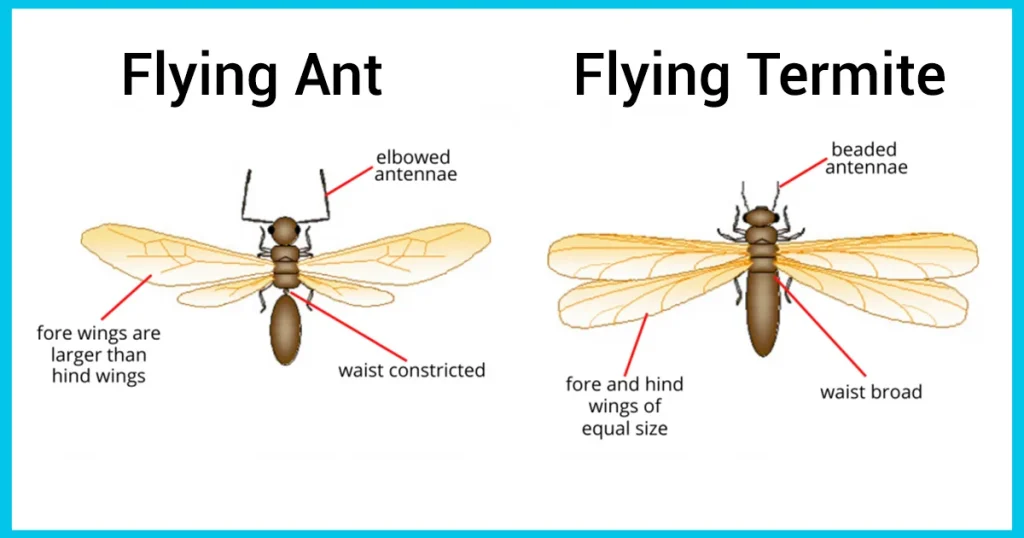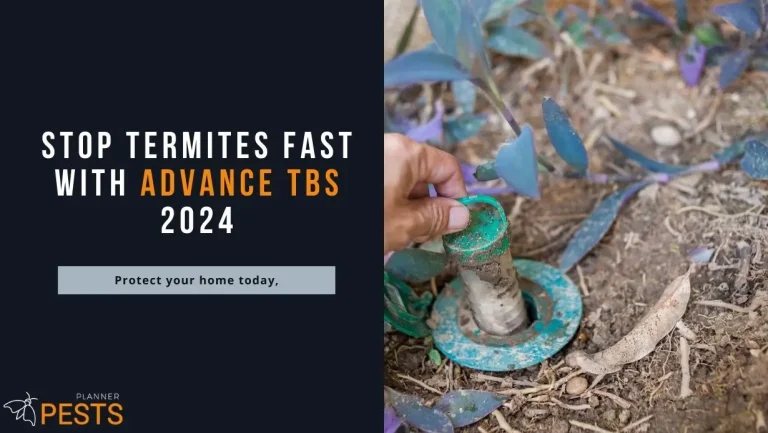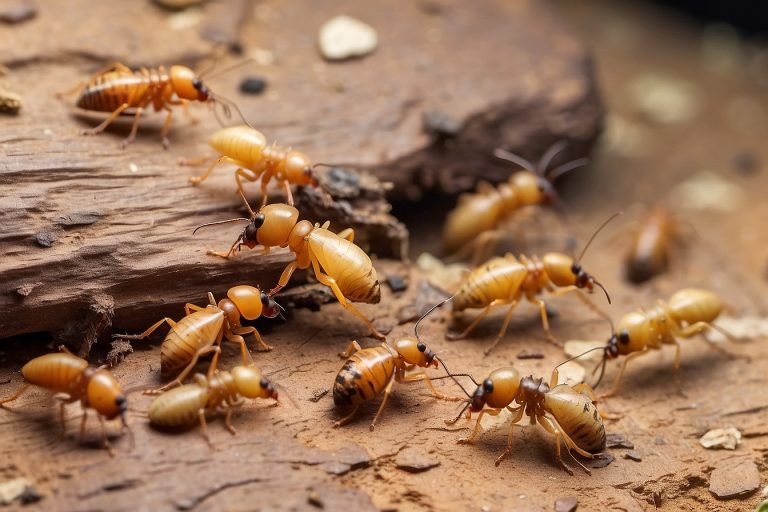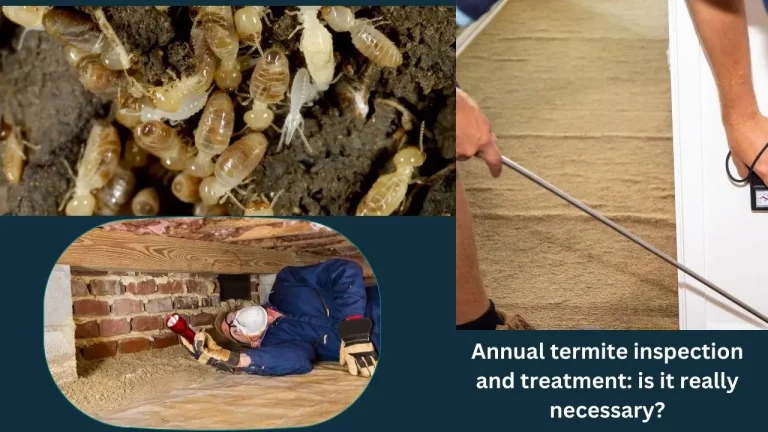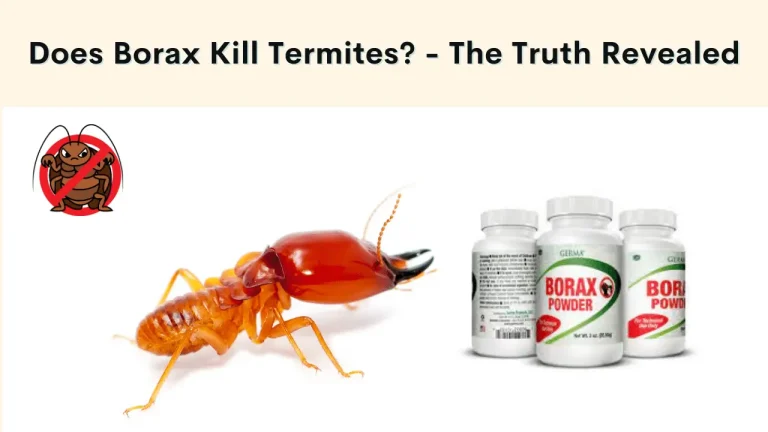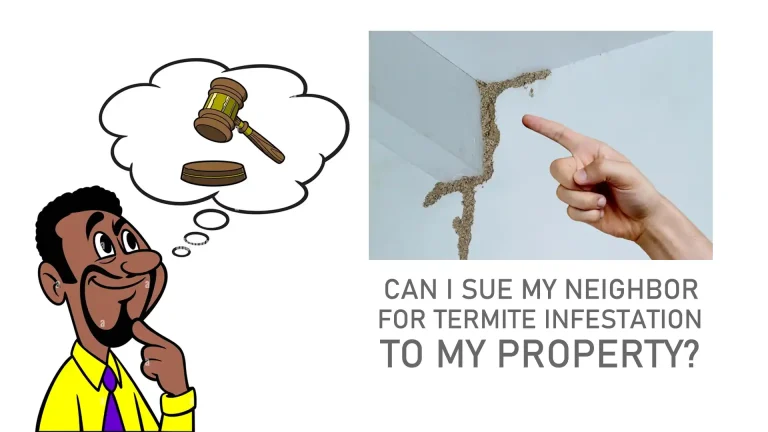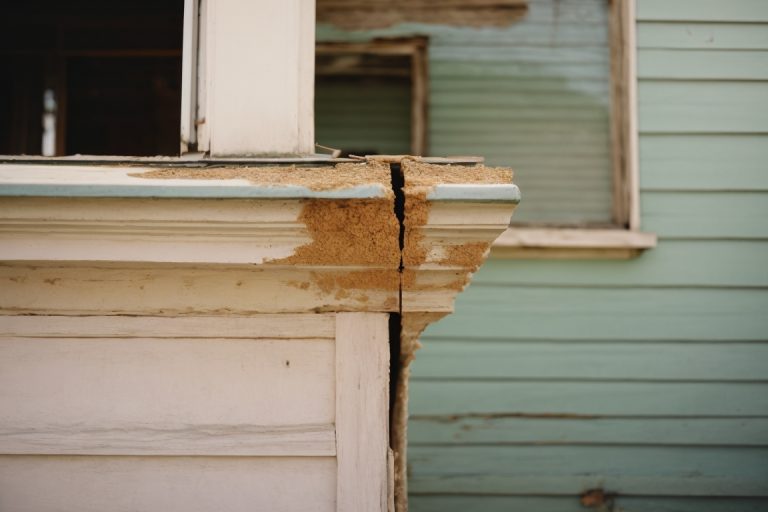Do Termites Fly? What To Know About Termites with wings
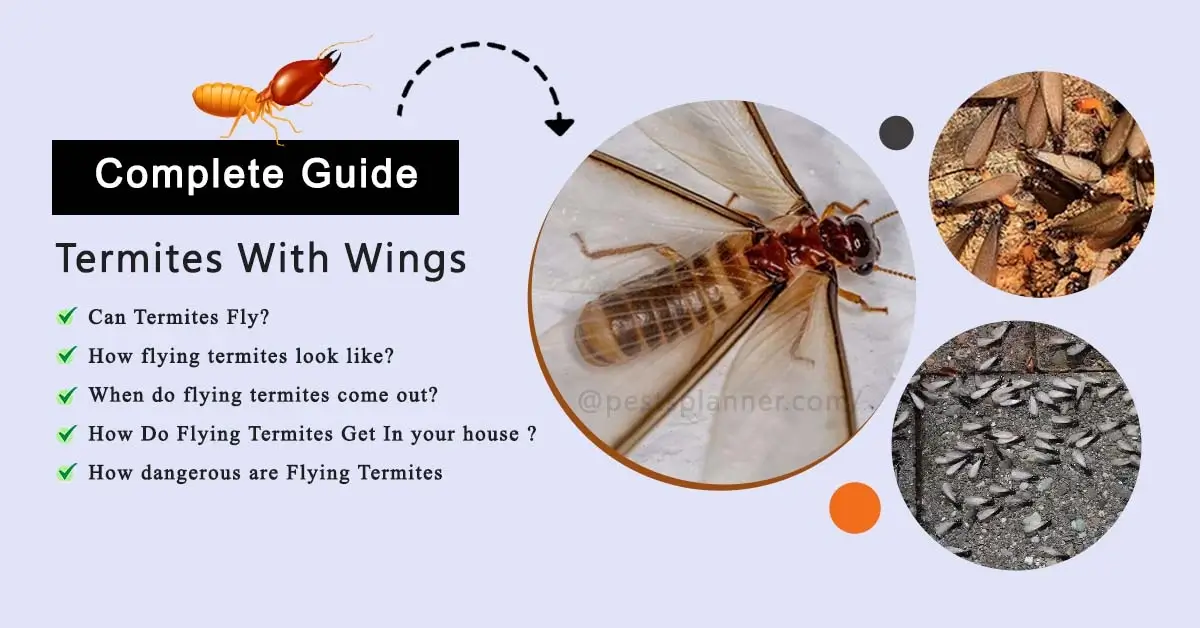
- Introduction
- Do Termites Fly?
- Physical Characteristics of Flying Termites
- Differences between Flying Termites and flying Ants:
- When do flying termites come out?
- How Do Flying Termites Get In your house ?
- How dangerous are Flying Termites
- Protecting Your Home from Flying Termites
- How to get rid of flying termite: DIY
- Frequently Asked Questions
- Conclusion
Introduction
Termite swarmers, also known as alates, flying termites or Termites with wings are reproductive termites within a termite colony.
They have wings and are responsible for leaving the colony during a swarm to mate and establish new termite colonies. Swarming typically occurs when the environmental conditions are right, often during warmer months or after rainfall.
The presence of termite swarmers is often a sign of an active termite infestation in or around a property. If you suspect you have termite swarmers around your home, it’s essential to take action promptly to address the potential termite problem.
In this article, we’ll explore the fascinating world of flying termites, from their appearances and behaviors to ways to prevent them from invading our homes.
Do Termites Fly?
Termites may be small, but some of them have wings that allow them to take to the air. These winged termites are alates, and they have a special job in the termite colony. But don’t worry, not all termites can fly it’s a specific group within the colony.
Physical Characteristics of Flying Termites
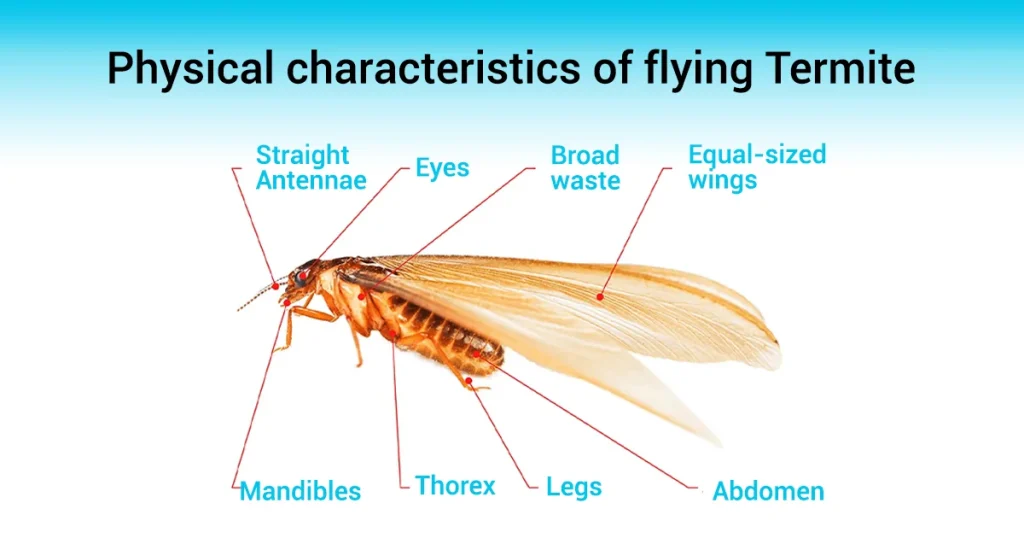
Head, Thorax, Abdomen, Wings, Color, Antennae and Size
Head
The head of a flying termite is equipped with powerful mandibles. These mandibles are not used for feeding but play a vital role in the nuptial flight.
Flying termites use them to shed their wings as they settle into their new colony. The head also houses their sensory organs, including the antennae.
Thorax
Just like all termites, flying termites have a three-segmented thorax, each of which holds a pair of legs. These legs are essential for mobility during the nuptial flight and later when they start digging into the ground to establish a new colony.
Abdomen
The abdomen of a flying termite is elongated and contains vital reproductive organs. In female flying termites, the ovaries are housed here, while in males, the abdomen stores sperm. The unique structure of the abdomen facilitates the process of mating during the nuptial flight.
Wings
Wings are a defining feature of flying termites and are integral to their life cycle. After the nuptial flight, flying termites undergo a remarkable transformation. They shed their wings, as they are no longer needed once they have landed and initiated their colony. This transformation symbolizes their transition from flyers to ground-dwellers.
Color
While flying termites are generally brown or black, their specific coloration can vary depending on their species. Some may appear darker, while others could have a lighter or reddish tint.
Antennae
Antennae play a crucial role in the life of flying termites: The straight, bead-like antennae of flying termites are essential for their navigation during the nuptial flight. They use them to sense environmental cues, locate mates, and communicate within the colony, particularly during this phase of their life.
Size
Flying termites are intermediate in size compared to worker termites and soldier termites. They typically measure between 1/4 to 1/2 inch in length, with their wings extending beyond their bodies. This size allows them to both fly and settle into their new underground homes.
Differences between Flying Termites and flying Ants:
Flying termites and flying ants might seem similar, but there are key differences that set them apart. By paying attention to details like their wings, bodies, and behavior, you can confidently identify whether you’re dealing with termites or ants.
Body Shape: Termites have straight bodies without a distinct waist, while flying ants have an hourglass-like waist.
Antennae: Termites have straight antennae, while flying ants have bent or elbowed antennae.
Wings: Termites have two pairs of equal-sized wings that are easily shed, while flying ants have front wings larger than hind wings, and their wings are not easily shed.
Coloration: Termites are generally brown or black with translucent wings, while flying ants can have various colors, and their wings may vary in transparency.
Role in Colonies: Termite swarmers establish new colonies, while flying ants return to their existing ant colonies after mating.
Damage and Diet: Termites consume cellulose-rich materials and can cause structural damage, whereas flying ants do not cause structural damage and focus on reproduction.
When do flying termites come out?
Termites are sensitive creatures, and they pay attention to things like temperature and humidity. They typically make their appearance during the spring or summer months.
Although certain species may swarm as late as November. They tend to emerge after rainfall, especially when the air is calm. It’s like nature’s way of saying, “Hey, it’s time to find a mate and start a new family!”
These winged termites are often drawn to sources of light. In summary, you can expect termite swarms between April and August, following a rainstorm, in areas with ample lighting, creating a noticeable presence during these times.
How Do Flying Termites Get In your house ?
Finding the Gaps and Vulnerabilities Flying termites are experts at finding their way inside your home. They slip through tiny cracks and gaps in your home’s exterior, like vents and openings around windows and doors. They’re determined little insects, and they’ll take advantage of any opportunity to gain access.
You might be surprised by the creative ways flying termites enter your home. They can use cracks in your foundation, sneak through vents, and even find their way through damaged roof tiles. It’s essential to seal up these potential entry points to keep these persistent pests out.
How dangerous are Flying Termites
Termites feed on cellulose-rich materials found in wood, causing structural damage and compromising the integrity of buildings. Wood is a primary part of their diet. These winged insects have a particular fondness for cellulose-rich materials, which include wood, paper, and other plant-based products.
This appetite for wood is a significant reason why they can be a threat to your home. Also the cost of repairing termite damage can be substantial, potentially affecting property values and requiring extensive renovations.
Protecting Your Home from Flying Termites
Protecting your home from flying termites is essential to prevent potential damage and discomfort. Here are practical steps you can take to keep these winged intruders away
Moisture Control: Flying termites are drawn to moisture, so the first step is to make your home less appealing to them. This means reducing moisture levels and fixing any leaks promptly. Ensure your home is well-ventilated, and use dehumidifiers if necessary to maintain a dry environment. This makes your home less inviting to these unwanted guests.
Soil Treatment: For protection against termites, you can treat the soil around your home. This treatment involves using special chemicals or barriers that act like a shield to keep termites away from your house. It’s a preventive measure that creates a barrier preventing termites from getting into your home’s structure.
Regular Professional Inspections: Schedule regular inspections by pest control professionals. Professionals are trained to detect early signs of termite activity that may go unnoticed by homeowners. Timely identification and intervention can prevent severe infestations.
DIY Termite Inspection: In addition to professional inspections, conduct your own inspections. Examine both the exterior and interior of your property, including basements, attics, and crawl spaces. Look for signs of termites such as mud tubes, discarded wings, or damaged wood. Being proactive in identifying these signs can help you take prompt action
How to get rid of flying termite: DIY
- Citrus Oil Spray: Mix equal parts of citrus oil (such as lemon or orange) and water in a spray bottle. Spray this solution on areas prone to termite activity.
- Vinegar Solution: Dilute vinegar with water and spray it directly on termite-infested areas. Remember to perform a patch test on inconspicuous areas first to ensure it doesn’t damage the surface.
- Saltwater Solution: Dissolve a generous amount of salt in warm water and spray it directly on flying termites or infested areas.
Frequently Asked Questions
FAQ 1: What are termites with wings?
ANS: Termites with wings are reproductive termites, often called “swarmers” or “alates.” They have wings and leave the colony in large groups to mate and establish new colonies
FAQ 2: How can I detect termite swarmers?
ANS: You can detect termite swarmers by noticing groups of winged insects near your home, especially around windows, lights, or doors. Look for discarded wings, as they shed them after mating
FAQ 3: How do I prevent termite swarms?
ANS: To prevent termite swarms, reduce moisture around your home by fixing leaks and improving ventilation. Remove wood-to-soil contact, keep firewood away from your house, and use termite-resistant materials when building.
FAQ 4: How can I eradicate termite swarms?
ANS: Eradicating termite swarms usually requires professional help. Pest control experts can use baits, termiticides, or other methods to eliminate the swarmers and their colonies. Regular inspections are crucial to catch infestations early.
FAQ 5: Are termite swarmers dangerous?
ANS: Termite swarmers themselves don’t pose a direct threat to humans, as they don’t bite or sting. However, their presence indicates a potential termite infestation, which can cause significant structural damage to homes over time. It’s important to address the issue promptly.
Conclusion
Termites with wings can wreak havoc on properties, leading to extensive damage if not addressed promptly. By understanding their characteristics, implementing preventive measures, and taking swift action at the first signs of an infestation, individuals can safeguard their homes and businesses. Remember, prevention is key, and relying on professional assistance can provide effective long-term solutions. Protect your property now to avoid termites and the problems they bring.

